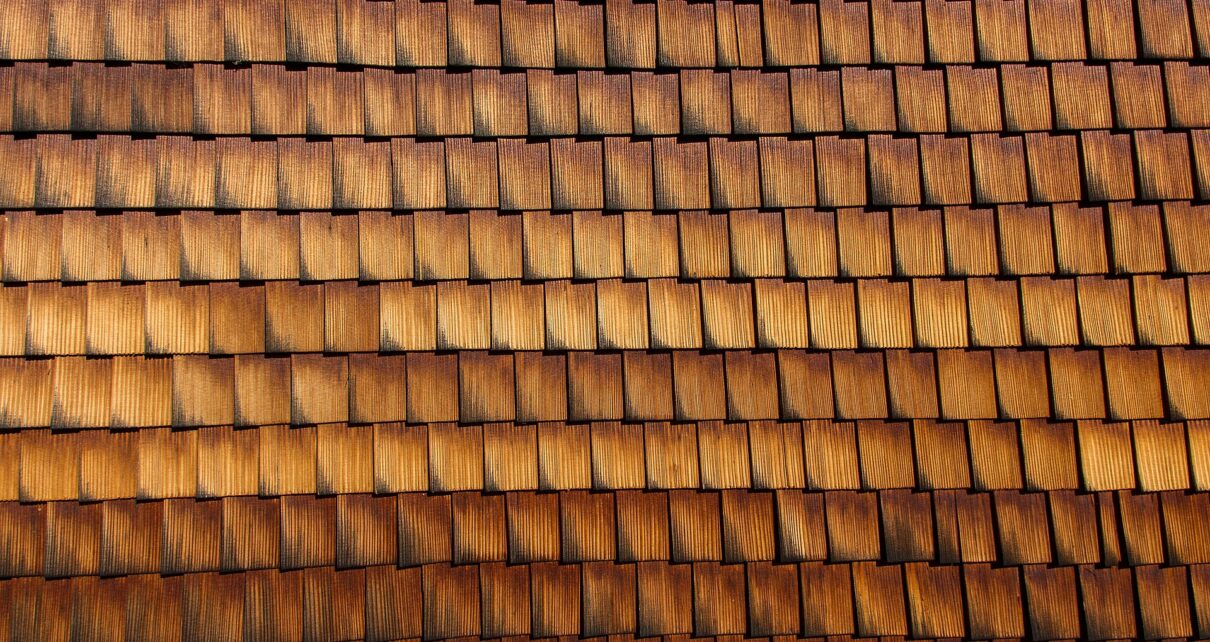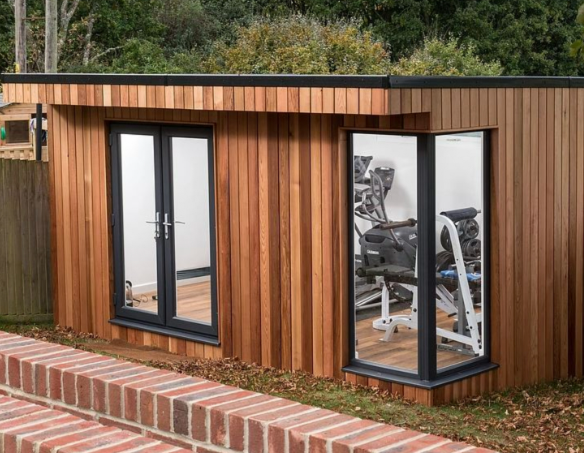If you pay attention to the design world, you might have encountered something called wood cladding. It’s a technique where you put layers of wood, usually timber, on top of each other to make a smooth and shiny surface. This not only looks good but also makes the structure strong and long-lasting. Now, why do people who own homes or buildings decide to use exterior wood cladding? And what happens when they do? Keep reading to learn more!
Table of Contents
Historical and Cultural Significance of Wood Cladding
Wood cladding has a rich historical and cultural significance spanning centuries and diverse civilizations. Historically, it served both functional and aesthetic purposes, protecting structures from the elements while showcasing craftsmanship and status. In various cultures, wood cladding was emblematic of architectural styles, from the timber-framed structures of medieval Europe to the intricate wooden facades of traditional Japanese architecture. Its enduring appeal lies in its timeless beauty and connection to nature, embodying a sense of warmth, authenticity, and sustainability that resonates with contemporary design sensibilities.
What Is Exterior Wood Cladding?
It’s called exterior wood cladding when you put thin pieces of wood on the outside of a house. This makes the house look nice and helps keep out water and air. The way the pieces fit together depends on the shape of the wood. Different shapes make the cladding work better at keeping the house warm and dry and also change how it looks. Some shapes you might hear about are shiplap, v-groove, log-lap, board and batten half-lap, feather-edge, and shadow gap.
You can use wood cladding in different places, even inside buildings, but it’s best suited for outside walls. It works well there.
Usually, cedar wood is considered the top choice for covering walls, whether inside or outside. But, folks who own homes can pick from a bunch of different types of wood for cladding, like:
- Fir
- Pine
- Ash
- Beech
- Birch
- Mahogany
- Maple
- Oak
Most wood suppliers suggest using cedar to cover buildings with wood, especially on the outside. They say this because cedar is really strong, not heavy, doesn’t easily decay, and is simple to put in place.
Advantages and Limitations of common types of wood used for cladding:
- Cedar: Cedar is prized for its natural resistance to decay and insects, making it durable for cladding. It’s lightweight and has a distinctive grain pattern, but requires regular maintenance like staining or sealing to preserve its appearance and protect against weathering.
- Pine: Pine is affordable and readily available, making it a popular choice for cladding. However, it’s less durable than cedar and prone to warping and decay if not properly maintained. Regular sealing is necessary to prevent moisture-related issues.
- Oak: Oak is a durable hardwood with attractive grain patterns, but it’s expensive and harder to work with during installation. It requires periodic maintenance to preserve its appearance and prevent moisture-related issues like staining or rotting.
- Mahogany: Mahogany offers rich color and exceptional durability, but it’s one of the most expensive options. Sourcing sustainable mahogany can be challenging due to concerns about deforestation. Regular maintenance is necessary to protect against weathering.
Why Is Exterior Wood Cladding Used?
Exterior wood cladding is used on buildings for lots of reasons. Firstly, it’s super tough, so it keeps homes and buildings safe for a long time. Plus, it looks good and does its job well, which makes it a popular choice for many people.
Another reason is that research has found that buildings with wood covering can make people feel less stressed because the design is very calming. Also, wooden covering is very versatile. You can mix and match lots of designs and use them on walls, roofs, and other parts of buildings.
Exterior Wood Cladding Pros & Cons
When people who own houses think about putting wooden boards on the outside, they want to understand the good things and the bad things about using this material.
Using wood for the outside of buildings has some drawbacks. First, wood needs to be painted and coated to protect it from weather damage and to maintain its appearance. This means you’ll have to spend a lot of time and effort on maintenance to keep your wooden cladding looking good.
Also, because wood can easily catch fire, insurance companies might ask for extra money to cover the higher risk. However, lots of homeowners still think it’s a good idea to use wood cladding because it looks nice and lasts a long time.
However, there are some drawbacks to using timber cladding. Firstly, this type of cladding needs to be painted and coated regularly to shield it from weather damage and maintain its appearance. Consequently, you’ll need to spend a lot of time maintaining your exterior wood cladding to ensure it stays in good condition.
Wood Cladding Durability
Using wood cladding for your house has a big advantage: it lasts a long time. But, homeowners need to install it correctly, treat it well, and keep up with maintenance. They should aim to clean the outside wood cladding once a year with soap and warm water. Also, if the wood cladding is painted, it might need repainting about every five years. But if it’s stained or sealed, it’ll last longer and shield the wood from bad weather. Still, if homeowners take good care of their wood cladding, it can stick around for many years.
How long will it last, you wonder? Well, think about this: somewhere around 40 to 60 years.
Yup, you heard it right. Once you put up wooden cladding, you won’t need to do it again as long as you own the place. That’s why lots of folks who own homes or buildings pick timber cladding – it keeps its classic look and lasts a long time.
If you want to put timber cladding on your house, make sure to ask a trusted expert to do it. They’ll make sure it’s strong and lasts a long time.






